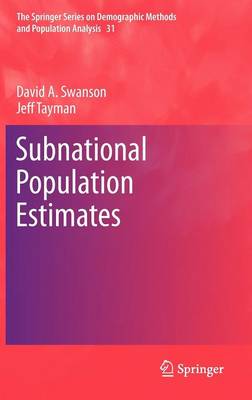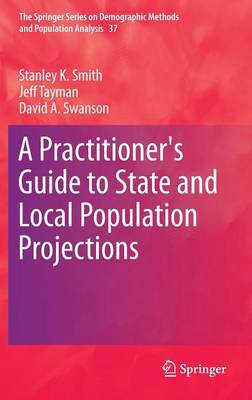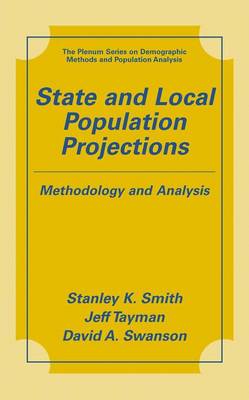The Springer Series on Demographic Methods and Population Analysis
3 primary works • 4 total works
Book 30
Consumer Demographics and Behaviour
by Jo M Martins, Farhat Yusuf, and David A Swanson
This is the book that market strategists have been waiting for to position themselves in global markets and take advantage of the opportunities that demographic bonuses and deficits offer to them and their products. It is also a book for teachers and students of consumer behaviour to grasp the importance of the life cycle as a framework that shapes the demand for goods and services determined by changes in social, economic and physical functioning. It gives insights into gendered consumer behaviour and cohort effects. It presents a range of views on consumer behaviour and how demographic perspectives enhance these perspectives. The book offers conceptual and analytical tools that can be used in the assessment of population characteristics as determinants of market size, composition and potential for a variety of products. It offers organising frameworks as well as empirical evidence of consumer behaviour in clusters of markets, with different rates of population growth and age distribution that affect consumers' priorities and demand for basic and progressive commodities. The book shows commonalities as well as differences in consumer behaviour arising from different cultures and social customs. It uses analytical tools that are explained and accessible to readers with a range of competences. It is a book that can give a better understanding of consumer behaviour and market opportunities to the practitioner. It can also be used for the instruction of students in demography, consumer behaviour and marketing.
Book 31
Providing a unified and comprehensive treatment of the theory and techniques of sub-national population estimation, this much-needed publication does more than collate disparate source material. It examines hitherto unexplored methodological links between differing types of estimation from both the demographic and sample-survey traditions and is a self-contained primer that combines academic rigor with a wealth of real-world examples that are useful models for demographers.
Between censuses, which are expensive, administratively complex, and thus infrequent, demographers and government officials must estimate population using either demographic modeling techniques or statistical surveys that sample a fraction of residents. These estimates play a central role in vital decisions that range from funding allocations and rate-setting to education, health and housing provision. They also provide important data to companies undertaking market research. However, mastering small-area and sub-national population estimation is complicated by scattered, incomplete and outdated academic sources—an issue this volume tackles head-on. Rapidly increasing population mobility is making inter-census estimation ever more important to strategic planners. This book will make the theory and techniques involved more accessible to anyone with an interest in developing or using population estimates.
Book 37
A Practitioner's Guide to State and Local Population Projections
by Stanley K. Smith, Jeff Tayman, and David A Swanson



